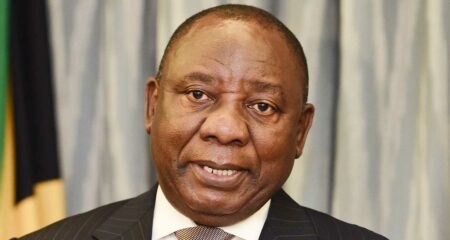 Embattled South African state power utility Eskom’s debt burden, described by Goldman Sachs Group as the biggest threat to the nation’s economy, has burgeoned, compounding the difficulty the government faces in formulating a turnaround plan.
Embattled South African state power utility Eskom’s debt burden, described by Goldman Sachs Group as the biggest threat to the nation’s economy, has burgeoned, compounding the difficulty the government faces in formulating a turnaround plan.
The company’s debt is approaching R500-billion, according to data compiled by Bloomberg from public records, including bonds and issued loans, up from about R370-billion a year ago. While the utility declined to comment on the current number, its CEO, Phakamani Hadebe, last month put total debt at about R450-billion.
Eskom hasn’t been selling enough power to cover its operating costs and interest payments, and has been forced to implement rotating blackouts over the past few years to prevent a collapse of the national grid as its fleet of ageing and poorly maintained plants struggled to keep pace with demand.
President Cyril Ramaphosa announced plans earlier this year to split the company into three units to make it easier to manage, and the national treasury allocated a R69-billion cash injection over the next three years in the February budget — a bailout that’s already been partly offset by the rising debt.
The composition of the utility’s debt has also changed, with loans accounting for just more than half of its total burden, up from 40% a year ago. The switch to short-term financing hasn’t been smooth sailing — a loan agreed with China Development Bank failed to come through as scheduled earlier this year and Eskom had to take out an urgent R3-billion bridge loan from Absa Group to avoid a call on existing guarantees. — Reported by Paul Burkhardt, (c) 2019 Bloomberg LP




